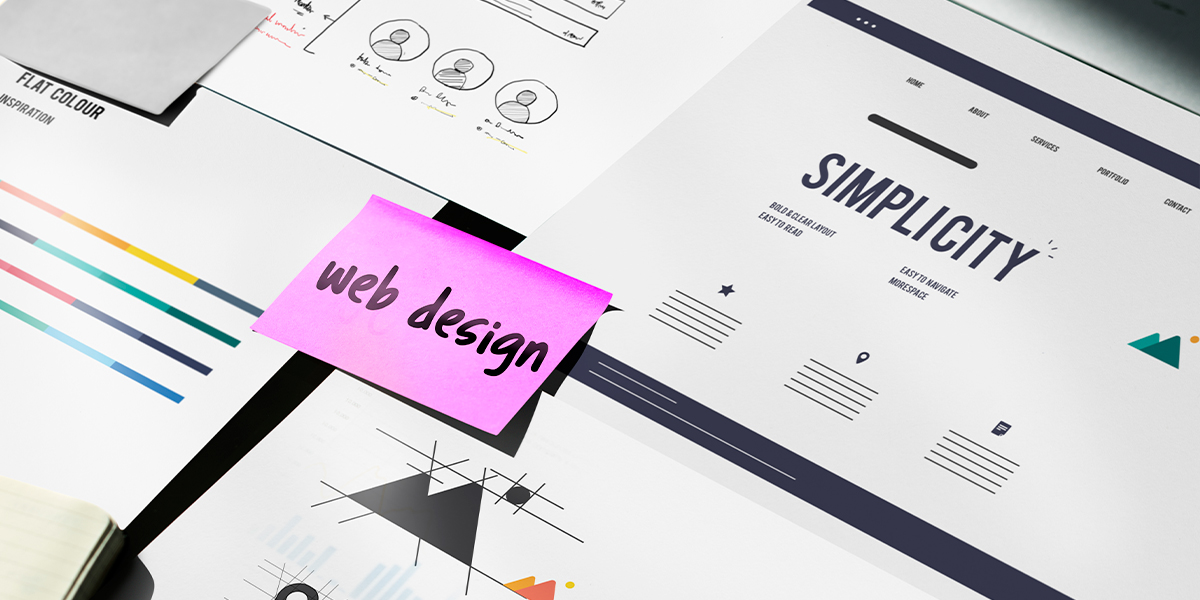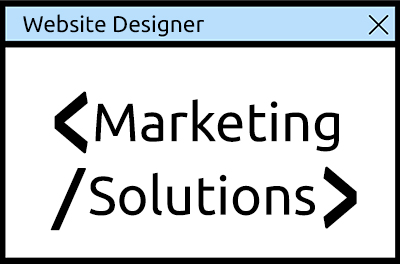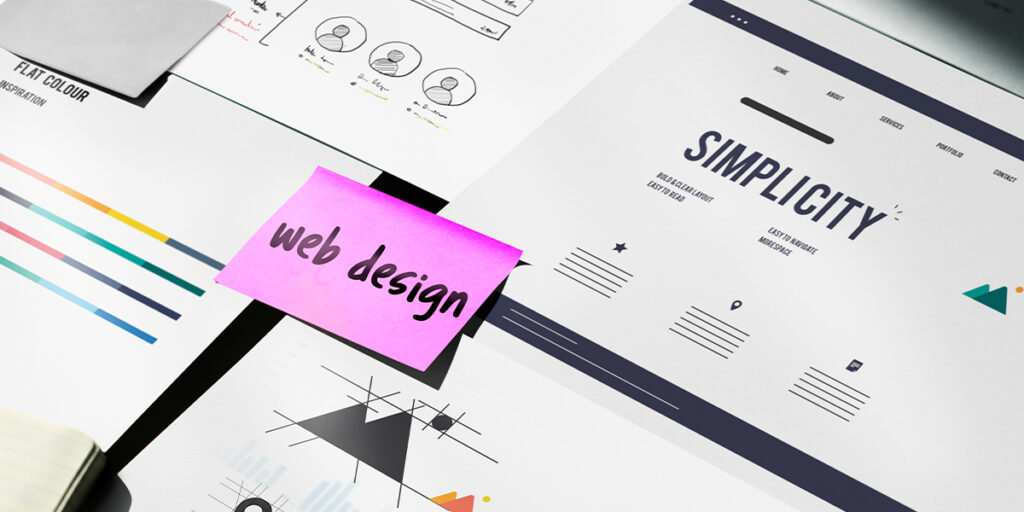
Responsive web design is a technique used to create websites that automatically adjust the layout, font sizes and other elements of a website, based on the size and resolution of the user’s viewing device. This way, the content can be optimised so that it looks and functions properly regardless of whether it is being accessed by desktop, mobile phone or tablet users. Responsive web design ensures your website users have an optimal experience every time they visit your site.
Responsive Web Design is a concept that has been growing in popularity for quite some time.
What does responsive web design mean for small business owners? Why should you care about it?
When it comes to business promotion and marketing, a website designed with care will be your most valuable asset. However, if you want it to reach its full potential, simply having an attractive design isn’t enough – your website needs to be responsive too.
A responsive website is becoming increasingly beneficial due to the persistent increase in the number of people who use mobile devices for web browsing. This trend shows no signs of abating anytime soon.
If your website isn’t properly optimised for smaller screens and is difficult to read or navigate, it may cause potential customers and site visitors to take their business elsewhere.
Responsive web design is an absolute necessity; the time to make sure your website is optimised for multiple devices is now.
Responsive web design is a method of designing sites for optimal rendering on a variety of devices and screen sizes. It ensures that the website will display correctly regardless of which device the user is viewing it on. It allows web page elements to adapt automatically, so they look their best regardless of the size or resolution of the device being used. Responsive web design helps ensure that all users have a pleasant experience when accessing a particular website.
At the heart of responsive web design lies three main rules: fluid grids, responsive media and media queries. In some situations, a device may be unable to determine the initial size or scale of a website. This can result in media queries not being triggered, which is when the use of the media viewport meta tag is necessary. Here are the key principles for Responsive Web Design explained:
Fluid grids enable web developers to create a layout that is responsive and adapts depending on the size of the device. Web designers can use this feature to ensure their webpage renders correctly, regardless of whether it’s viewed on a small phone or a large computer screen.
Fluid grids are just like any other design grid – they let you organise elements in an aesthetically pleasing manner. However, unlike traditional grids, it will change size according to the screen dimensions and can adjust to any width with relative measurements such as percentages or em units, as opposed to fixed measurements like pixels.
Media Queries is a CSS technique enabling web developers to deliver content tailored to different types of device displays. It permits web authors to craft pages that can automatically adjust according to factors such as display resolution and screen orientation. This makes websites more accessible and easier to use, regardless of the kind of device being used.
Media queries are a useful tool for making websites more responsive. By collecting data about a user’s screen size, they enable particular CSS styles to be loaded and adjusted accordingly. In other words, they allow you to accurately tailor your design according to the device being used.
Responsive media is a way of delivering content in a way that automatically adjusts to any device—no matter the size or shape. It provides an optimal viewing experience for all users, giving them control over how they access their content. It ensures the user’s content is readily available to them, whatever device they’re using.
The third fundamental of responsive web design is the use of flexible media. With websites nowadays incorporating many images, videos and other media assets, it’s essential that these types of content are designed to adjust to different screen sizes.
Designers often include image dimensions in their CSS stylesheet, but this is not suitable for responsive design due to fixed units of measurement. Therefore, the max-width property should be used instead, ensuring media files don’t go beyond their container and also scale appropriately based on screen size; setting it to 100%.
The Viewport Meta Tag is an HTML element that provides information to the browser about how it should handle the website when loaded on a mobile device. It helps when displaying the web page on different devices, controlling how the user sees it, and consequently optimizing the UI of the website for mobile devices.
The viewport meta tag is a solution for when media queries fail to activate due to a device being unable to identify the starting width of a website. It was introduced by Apple as an effective remedy.
The viewport meta tag typically has an initial scale of height-to-width value set to 1. This ratio between the device’s height and width, compared with the viewport size, resolves the issue of not being able to recognize the website’s scale.





